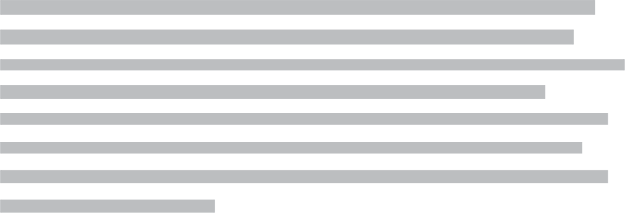All official European Union website addresses are in the europa.eu domain.
See all EU institutions and bodiesKey messages: Nutrient conditions in European surface waters improved between the 1990s and the 2000s but concentration trends have tended to level off in recent years, especially for rivers. There has been no overall decrease in nitrate concentration in groundwater. The average nitrate and phosphate concentrations in rivers and the total phosphorus concentration in lakes decreased between the 1990s and 2000s, but river phosphate increased since 2013.
Nitrates in groundwater and rivers and phosphorus in lakes and rivers

The average nitrate concentration in European groundwater remains relatively stable and there is no clear trend. Agricultural activities, such as over-use of fertiliser, are the main drivers of groundwater nitrate.
The average nitrate concentration in European rivers decreased steadily over the period 1992-2012 due to national measures and the implementation of the EU Nitrates Directive (EU, 1991a). Concentration trends have levelled off since then. Agriculture remains the main contributor to nitrogen pollution, however the EU Nitrates Directive and national measures have contributed to lower concentrations and the apparent stabilisation in recent years calls for further measures.
The average phosphate concentration in European rivers more than halved between 1992 and 2011, although it began to increase slowly after 2015. The overall decrease in river phosphate can be attributed to measures introduced by national and European legislation and to the shift towards phosphate-free detergents. Nonetheless, the recent rising trend is concerning.
There has been a gradual reduction in average total phosphorus concentration in European lakes since 1992, but the concentration began to stabilise in 2015. As the treatment of urban wastewater has improved following the Urban Waste Water Treatment Directive (EU, 1991b), phosphorus from detergents in lakes has reduced. Therefore, phosphorus from point sources has become less significant. However, diffuse run-off from agricultural land continues to be a major phosphorus source in European lakes. Phosphorus stored in sediment can keep lake concentrations high despite a reduction in inputs.
Please consult the relevant indicators and signals below for a more comprehensive overview on the topic.
References and footnotes
- ↵EU, 1991a, Council Directive 91/676/EEC of 12 December 1991 concerning the protection of waters against pollution caused by nitrates from agricultural sources (https://eur-lex.europa.eu/legal-content/EN/ALL/?uri=celex%3A31991L0676) accessed 20 November 2023.
- ↵EU, 1991b, Council Directive 91/271/EEC of 21 May 1991 concerning urban waste water treatment (https://eur-lex.europa.eu/legal-content/EN/TXT/PDF/?uri=CELEX:31991L0271&from=EN) accessed 20 November 2023.
- ↵Hipel, K. and McLeod, A., 2005, 'Time Series Modelling of Water Resources and Environmental Systems, Volume 45 - 1st Edition' (https://www.elsevier.com/books/time-series-modelling-of-water-resources-and-environmentalsystems/hipel/978-0-444-89270-6) accessed 25 March 2024.
- a b




